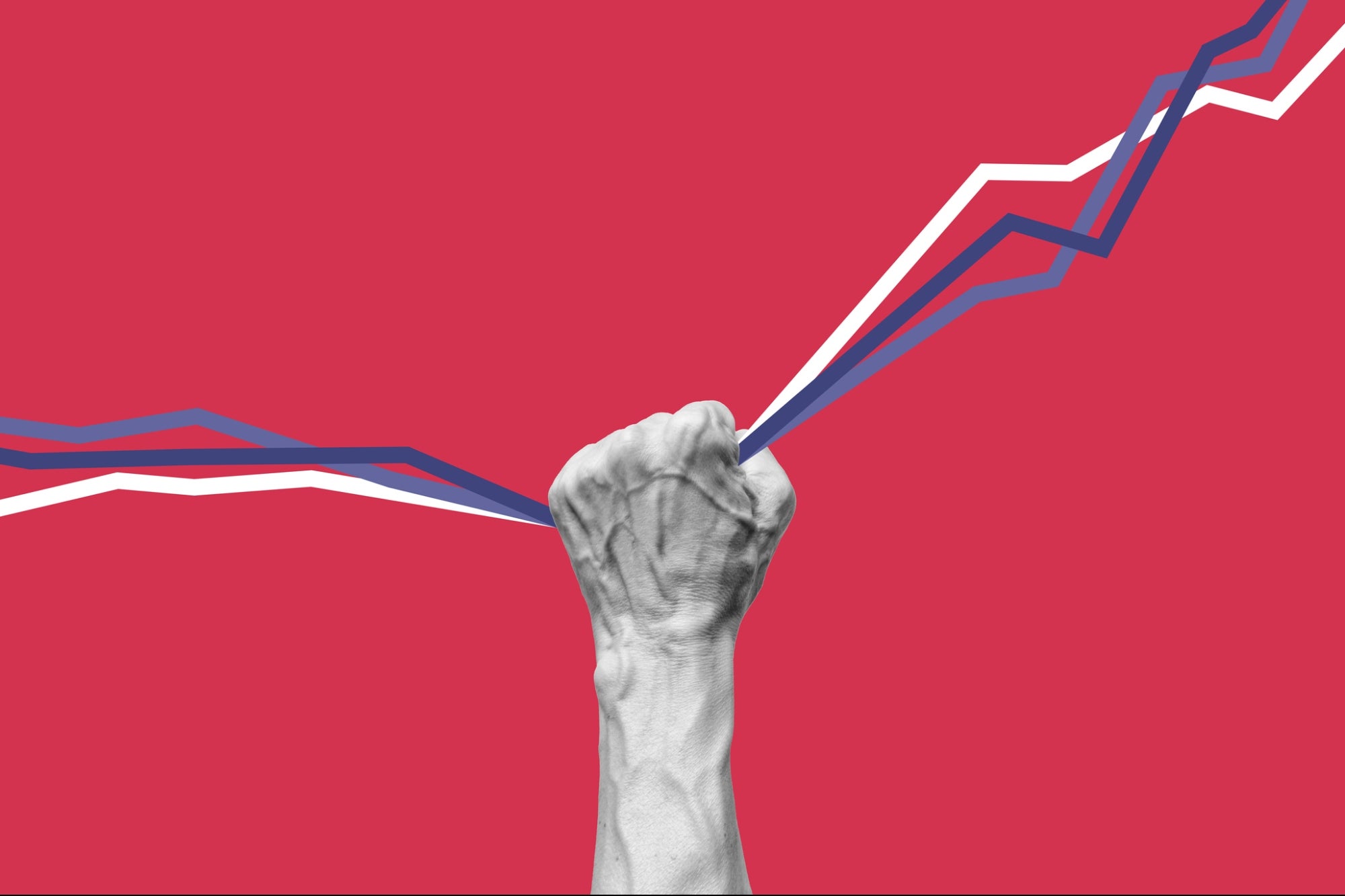Opinions expressed by Entrepreneur contributors are their own.
Depending on the headlines you believe, we’re either headed for a long, ugly recession, or parts of the world are already in one. Either way, it’s not pretty — and consumers and advertisers are bracing for impact. Even in July, when the markets were momentarily showing signs of recovery, and gas prices were dropping, 54% of U.S. adults said they plan to pull back on their spending for the remainder of 2022.
While that means budget cuts and even layoffs are a reality, it doesn’t have to mean that your advertising dollars stop working for you. Lessons from the past give us a good idea of what consumers are thinking and what that means for how to advertise in the months ahead.
Related: 6 Recession-Proof Business Marketing Strategies
Consumer behavior during economic downturns and recessions
A recent study from Stanford quantified how different consumers experience economic downturns and recessions differently. During the Great Recession of 2005 through 2009, self-identified Hispanic and LatinX households lost 66% of their wealth, and Black households lost 53%, while white households only lost 16%. By 2010, when the overall unemployment rate was around 10%, it was 16% for the Black community and 13% for the LatinX community.
That means those consumers were living in a different economic reality and behaved very differently when it comes to how and where they shop and what matters to them in marketing messages. In other words, reaching consumers in the right mindset and in the right context is more important than ever, especially as the holidays approach. So, what do we know about this new world order?
-
Consumers are very price-sensitive: They always are, but they’re more price-sensitive now than ever before. More U.S. consumers reported switching to different brands and retailers in 2022 than at any time since the beginning of the pandemic because people are looking for value and cheaper prices.
-
They’re cutting extras and postponing big purchases: One in five consumers are reducing the number of subscriptions they have and holding off on major purchases such as buying a new car or rescheduling large home improvements.
-
They’re buying less: They’re moving to a more conservative and sustainable lifestyle, with 18% experimenting with reselling their personal belongings and 15% buying more second-hand or refurbished goods.
-
Omnichannel shopping is the norm: 45% of consumers say social media influences their purchases, while one in ten omnichannel shoppers said they’ve already made purchases directly via social media. It’s a channel that’s only getting more important every day.
According to McKinsey, spending has slowed for some categories that increased during the pandemic, like home goods and electronics. Categories that showed recovery in 2021, such as retail apparel and restaurants, have been holding steady this year but may struggle as the downturn drags on. Other industries that are better insulated against economic downturns are most consumer packaged goods, healthcare, technology and politics–especially in the U.S. during a key midterm election year. And you can expect to see growth in areas like electronics, nicotine products, nonprofits and the public sector. Automotive, financial services, tourism, transportation and alcohol, on the other hand, will likely remain relatively flat.
Related: Why You Should Never Skimp on Brand Marketing in a Recession
How to recession-proof your ads
But whether you’re insulated or not, the same rules apply for meeting consumers in the moment with your marketing. So, here are a few ways to recession-proof your ads:
-
Show why your products matter: Your ad messages should highlight why people should spend money with you and not somewhere else.
-
Humanize your brand: Build an authentic connection with your target audience by understanding their mindsets and what matters most to them.
-
Innovate with products: An incredible 64% of successful brand campaigns support new product launches in a recession.
-
Deliver your ads in the right context: When ads are delivered in contextually relevant environments, they’re a better experience for people and work harder for brands; contextual ads are 2.2 times more memorable.
-
Use the opportunity to grab market share: While competitors are cutting back, this can be your moment to get your message noticed and win new customers.
Recessions and downturns are hard. Full stop. But they don’t have to be limiting. According to studies from Bain & Company and McGraw-Hill, companies that proactively prepared for an economic downturn grew at a 17% compound annual growth rate compared to 0% among companies that did not prepare — and companies that maintained or increased their ad budgets experienced a 256% increase in sales compared to companies that cut their ad budgets.
At the end of the day, consumers still need to buy products, they just need you to meet them where they are, even when times are tight. Keep your messages useful, human and authentic —and deliver them in the right context — and they’ll reward you with their loyalty, often for years to come.







